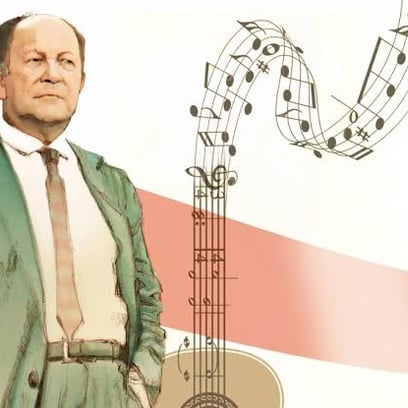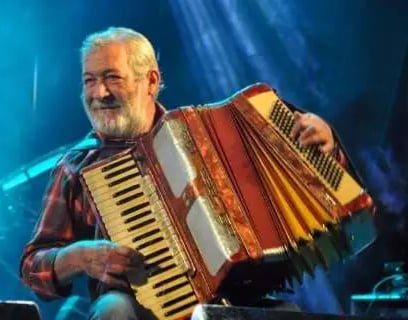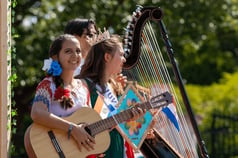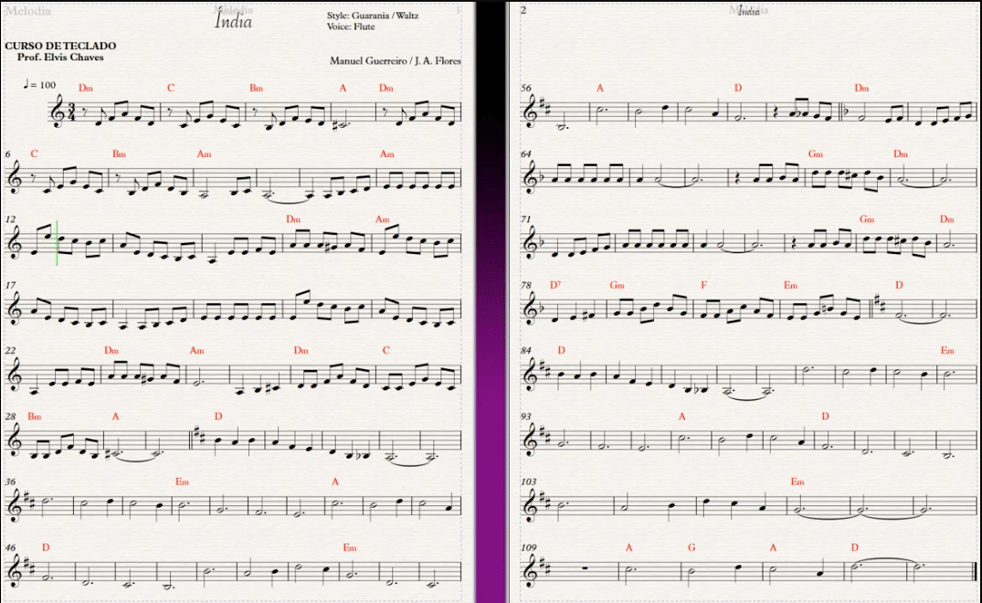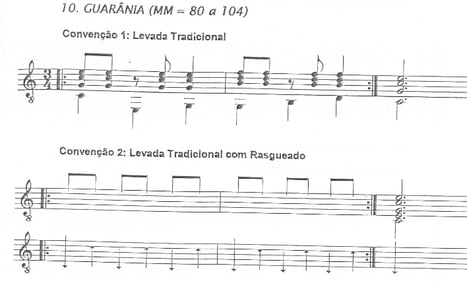Guarãnia
States: Goiás, Mato Grosso, Mato Grosso do Sul, Distrito Federal (Brasília)
Overview: This region includes the Pantanal wetlands and Cerrado savannahs. It reflects strong Indigenous and rural influences, with traditions rooted in storytelling, migration, and spirituality. Music here often blends Paraguayan, sertanejo, and Indigenous elements.
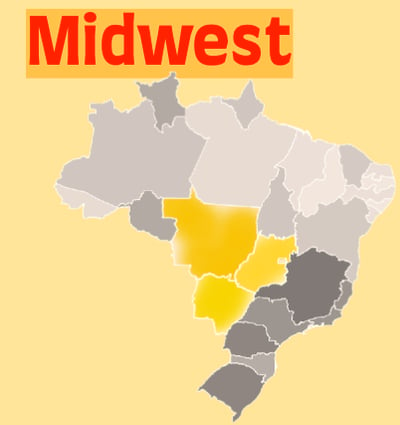

Origin: Paraguay → Brazilian Midwest (Mato Grosso, Goiás)
Cultural Roots: Guarani language, folk, and European harmonic traditions
Popular Music Styles:
Guarania (from Paraguay, adopted in the region)
Sertanejo Raiz (country-style music)
Cururu and Siriri (Indigenous-influenced folk from Mato Grosso)
Key Figures:
Almir Sater – Singer-songwriter blending sertanejo with pantaneiro roots
Dino Rocha – Brought Guarania and Paraguayan polka into Brazilian stage
Zé Corrêa – Innovator in instrumental Guarania techniques
Chrystian & Ralf – Influential sertanejo duo from Goiás
Guarania is a musical genre that originated in Paraguay in the early 20th century and serves as a strong cultural symbol for the Paraguayan people. It blends elements of native and popular music and is often sung in the Guarani language. Characterized by its slow tempo and syncopated rhythm, guarania draws inspiration from Paraguayan polka but diverges through its emotional and contemplative tone. The genre plays a significant role in everyday life and community gatherings, transmitted primarily through families, music schools, and public institutions. It is widely recognized as a vehicle for cultural identity and a source of pride and resilience, both in Paraguay and among its diaspora.
The genre was founded by composer José Asunción Flores, who sought to create a uniquely Paraguayan sound that expressed national identity and emotion. Flores developed the style while working with traditional melodies, ultimately composing the first guarania, “Jejuí.” Though the song received mixed reactions at first, it laid the foundation for a genre that would become synonymous with Paraguayan heritage. Flores’s personal background in Asunción’s working-class neighborhoods and his musical mentorship under local masters deeply informed the creation of guarania as an art form of and for the people.
At the core of Guarania’s sound is the Paraguayan harp, known for its expressive capabilities and intricate ornamentation. It is typically paired with guitar and double bass to produce harmonic richness and rhythmic drive. Melodies are short and syncopated, often linking phrases across barlines in a flowing motion. Harmonically, the music relies on tonal progressions in thirds and sixths, giving it a distinctive lyrical quality. The music’s slow tempo and emotional depth distinguish it from faster regional genres like Paraguayan polka or the more rural fusion style Purahéi Jahe’o, which remained more popular outside urban centers.
Guarania entered Brazil in the 1940s and gained popularity nationally by the 1960s and 70s. While it never became as mainstream as other Brazilian genres, its melancholic melodies and expressive nature resonated particularly in the country’s central-western regions, including Mato Grosso and Goiás. It remains a respected genre in border areas with strong cultural ties to Paraguay, where it continues to be performed in concerts, festivals, and community events that celebrate regional identity and musical heritage.
Cultural Elements:
Lyrics often reflect national identity, memory, longing
Tied to everyday life, poetry, and public folklore in Paraguay
Communal singing and harp-guitar arrangements
Sources
UNESCO (Intangible Cultural Heritage)
Academic and public folkloric studies
Main Instruments:
Paraguayan Harp
Guitar
Double Bass
Dance:
More contemplative than festive, the slow, lilting rhythm is less for dancing and more for reflection or storytelling. Its expressive nature invites seated performance and deep listening.
Notable Figures:
José Asunción Flores – Composer of the first guarania, “Jejuí”
Dino Rocha & Zé Corrêa – Brought Paraguayan guarania to Brazilian audiences
Cascatinha e Inhana
